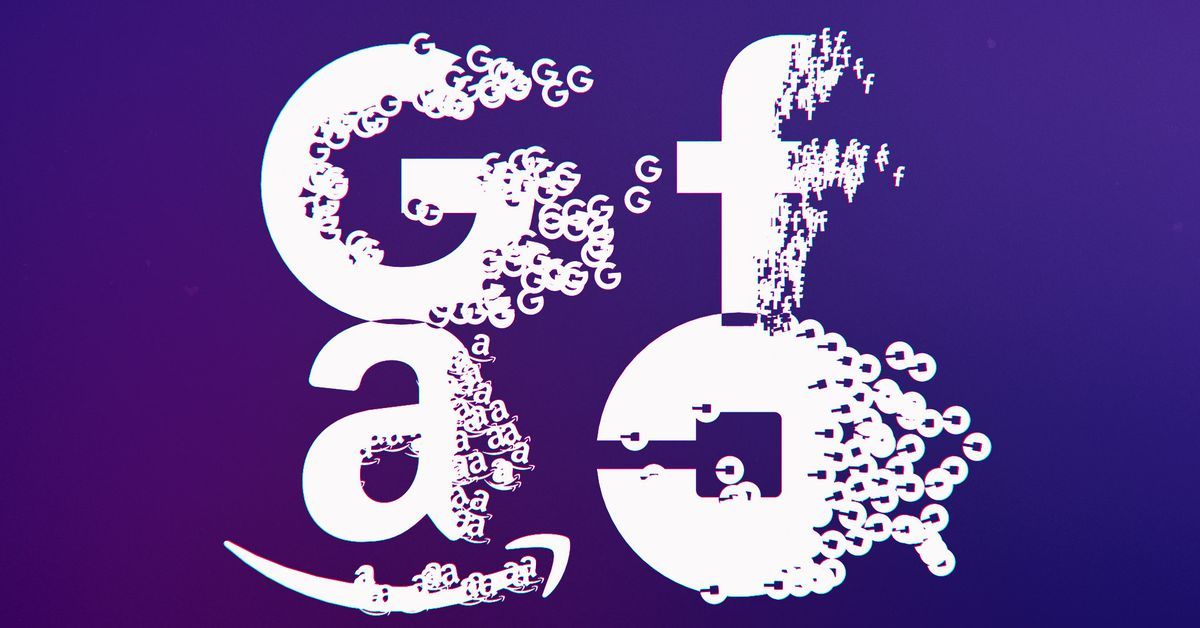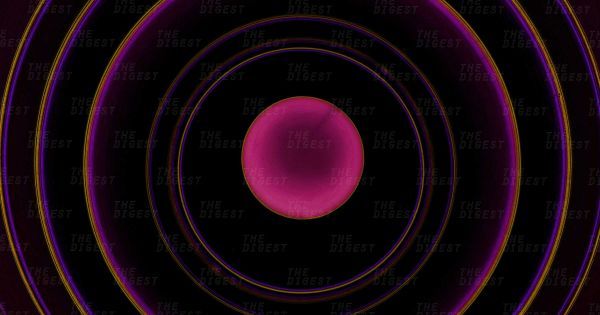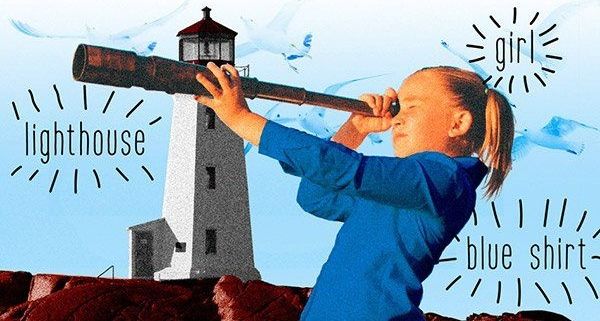Antitrust crusaders have built up serious momentum in Washington, but so far, it’s all been theory and talk. Groups like Open Markets have made a strong case that big companies (especially big tech companies) are distorting the market to drive out competitors. We need a new standard for monopolies, they argue, one that focuses less on consumer harm and more on the skewed incentives produced by a company the size of Facebook or Google.
Someday soon, those ideas will be put to the test, probably against one of a handful of companies. For anti-monopolists, it’s a chance to reshape tech into something more democratic and less destructive. It’s just a question of which company makes the best target.
To that end, here’s the case against four of the movement’s biggest targets, and what they might look like if they came out on the losing end. (Note: Apple was too much of a conventional retailer to make the list, but if you’re wondering what an antitrust lawsuit against Cupertino might look like, this is a pretty good place to start.)








